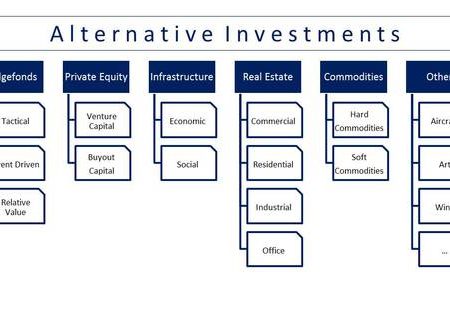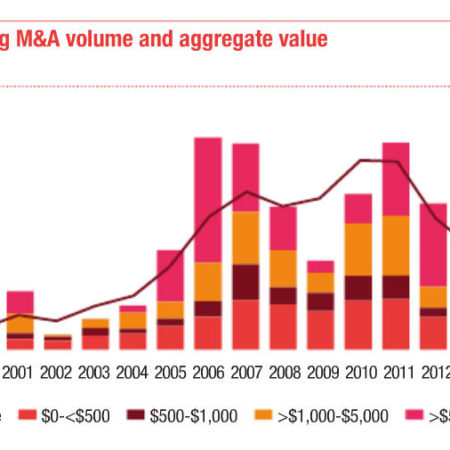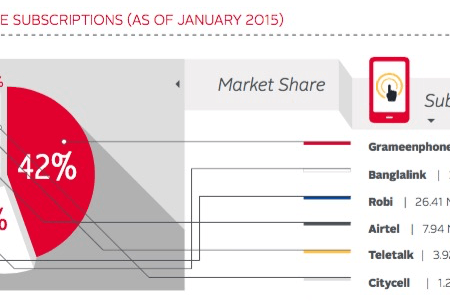Operational problem while using Taylor’s rule for targeting interest
Taylor rule is very straightway; it is intuitive and it provides an easier way to understand the interest rate dynamics to the general mass, to the policy makers and to the participants in the financial market territory. But while using Taylor rule into practice there had been numerous instances where the operational maladies create puzzling equation for the researcher while proceeding. The way the equation data is filled in the equation often presents complicated problems for the researcher using Taylor rule while targeting inflation.
Firstly, Taylor rule deals with lagged indicator; the output gap level and the inflation gap level are often traced on an ex-post basis. So, targeting interest rate based on the loanable fund demand and supply dynamics is not simultaneous most often. At times, the fed authority and the government presents a series of revisions; but these revised data series is most often lagged and the extent of correction often jeopardizes the basic purpose of interest rate targeting Even more importantly, revisions, definitions and changes in the economic methods that are being used on a retrospective basis often fail to make the economic data series real.
Secondly, there are a number of versions of inflations in the economy; under the Taylor rule one needs to select only one measure of inflation in the framework. Generally, GDP deflator is often used to represent the impact of inflation in the equation; whereas some other researcher had found usage of CPI – consumer price index and PCE – personal consumption expenditure useful while defining the equilibrium interest rate.
Thirdly, while defining Taylor rule – real interest rate and potential output majority of researchers had stick to the equilibrium definition of interest rate and employment rate. But none of these ratios are observable directly; rather these data are to be inferred.
Fourthly, Taylor rule is straightway, simple and highly intuitive; but interest rate targeting should not be based only through the interaction of two economic variables.
Fifthly, the way interest rates are adjusted after a drift in the economic momentum can never be even called as a mere proxy for interest rate smoothing. The way interest rates are targeted under the Taylor rule is sudden and never gradual. It is expected that interest rates will be smoothed up; instead of the sudden drifting adjustment.
Different analyst uses the fragmented version or extended version of Taylor rule; but they believe that under the extreme recessionary pressure where real rate of interest is negative, quantitative easing would be better choice than the Taylor rule. When the paradigm of economy changes, the whole equation needs up-gradation; when the economy runs through a transition – Taylor rule needs to be upgraded. The rule does talk less about the relative weightage between the output gap and inflation level. Irrespective of all these structural problems, Taylor rule’s intuitive appeal surpasses the regional boundaries.











Leave a Reply